Covering 71% of the Earth's surface, the ocean holds vast resources and unsolved scientific mysteries. Marine sediments, as critical archives of Earth's evolution, climate change, and biological activity, possess immense research value. In this field, marine sediment coring drills have become indispensable tools for marine geological surveys, resource exploration, and environmental studies, thanks to their efficient and precise sampling capabilities. This article delves into their technical features, applications, and market potential.
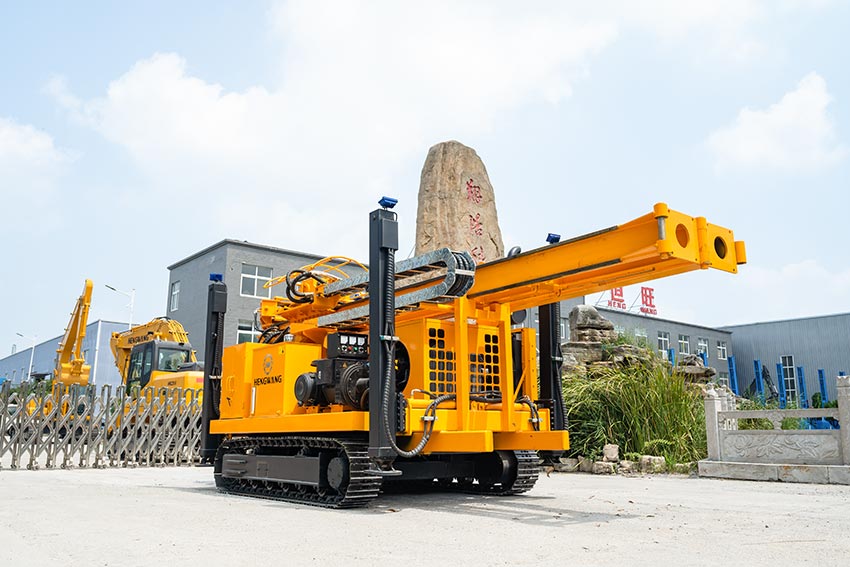
I. Technical Advantages: Precision Sampling for Deep-Sea Challenges
Designed for complex marine environments, marine sediment coring drills offer the following core strengths:
1. Highly Adaptable Drilling System
(1) Modular design allows deployment on research vessels or drilling platforms, supporting operations from shallow waters to ultra-deep seas (6,000+ meters).
(2) Hydraulic or electric drive systems ensure stable performance under high pressure and low temperatures.
2. Non-Destructive Sampling Technology
(1) Thin-walled coring tubes or piston corers (e.g., gravity piston coring) minimize sediment disturbance, preserving original stratigraphic sequences.
(2) Advanced models maintain in-situ temperature and pressure for sensitive samples like methane hydrates.
3. Intelligent Control
Integrated sensors monitor drilling pressure, rotation speed, and core recovery in real time, with AI algorithms optimizing parameters automatically.
II. Applications: Multidisciplinary Value from Research to Industry
1. Scientific Research
(1) Paleoclimate Reconstruction: Analyzes microfossils and isotopes in sediments to reveal climate history spanning millions of years.
(2) Plate Tectonics: Studies seabed stratigraphy to understand seismic zone formation.
2. Resource Exploration
(1) Oil, Gas & Gas Hydrates: Evaluates reservoir potential in hotspots like the South China Sea and Arctic.
(2) Polymetallic Nodules & Rare Earth Elements: Supports deep-sea mining with geological data.
3. Environmental Monitoring
Detects microplastic pollution, heavy metal deposition, and other ecological threats.
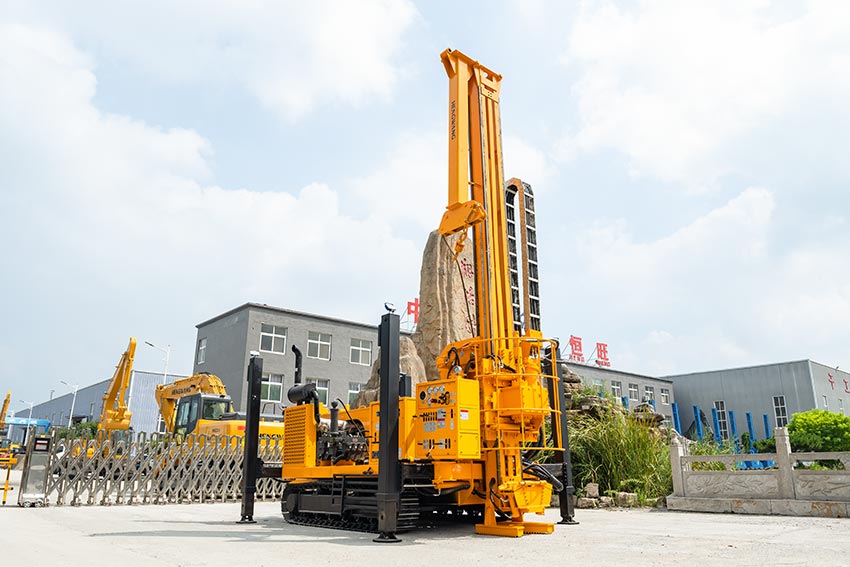
III. Market Outlook: Driven by Policy and Innovation
Growing global focus on the "Blue Economy" fuels demand for sediment coring drills:
(1) Policy Support: Initiatives like China’s "Deep-Sea Power" strategy and the EU’s "Blue Deal" drive equipment upgrades.
(2) Technological Advances: Trends include unmanned ROV-mounted drills and green energy solutions (e.g., hydrogen fuel cells).
(3) Emerging Markets: Southeast Asia and Africa show rising demand for marine resource development.
IV. Selection Guide: Aligning Needs with ROI
Key considerations for buyers:
(1) Operating Depth: Match the drill type to target zones (e.g., shallow-water <1,000m vs. full-ocean-depth models).
(2) Sample Quality: Prioritize non-destructive coring for research; efficiency for industrial projects.
(3) After-Sales Service: Global support is critical for offshore operations.
Conclusion
Marine sediment coring drills are not just "keys" to Earth’s historical records but also foundational tools for sustainable ocean resource development. As deep-sea exploration technology advances, their value in science and industry will only grow. For organizations planning marine surveys, investing in a high-performance coring drill means securing a strategic advantage in data and resources.
(For detailed specifications or case studies, contact our experts today!)

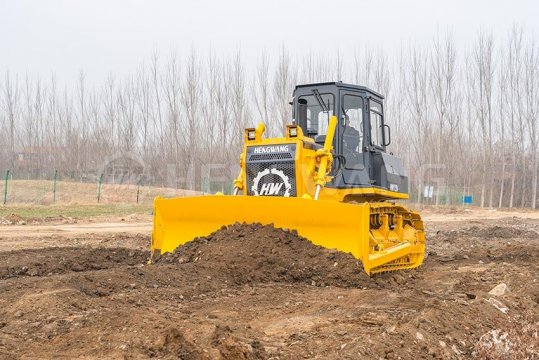 Bulldozer Blade Types: Core Configuration for Adapting to Different Operating Scenarios
Bulldozer Blade Types: Core Configuration for Adapting to Different Operating Scenarios
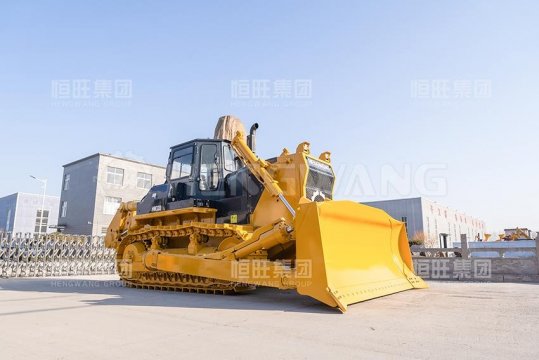 Swamp bulldozer: An Efficient Solution for Operations in Muddy Environments
Swamp bulldozer: An Efficient Solution for Operations in Muddy Environments
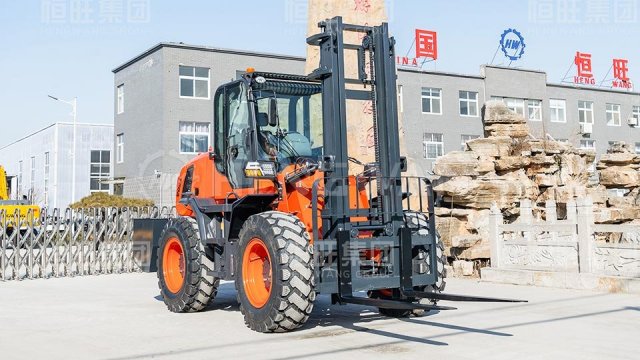 Rough terrain forklift with highest load capacity: A High-performance Solution for Heavy-duty Outdoor Operations
Rough terrain forklift with highest load capacity: A High-performance Solution for Heavy-duty Outdoor Operations